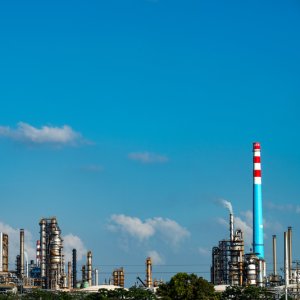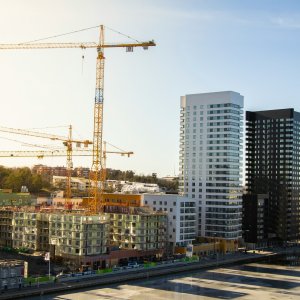
Chocolate Cars Face Registration Hardships
 By Alfonso Núñez | Journalist & Industry Analyst -
Mon, 03/28/2022 - 16:38
By Alfonso Núñez | Journalist & Industry Analyst -
Mon, 03/28/2022 - 16:38
The controversial “chocolate car” is continuing to dismay the automotive industry, which still struggles to reach pre-pandemic production and numbers. But registration hardships and changing conditions have affected the program’s roll out.
The first step to legalize a “chocolate car,” which are illegally imported vehicles, is to register it online with the Public Vehicle Registration (Repuve) to schedule an in-person inspection. Online registration for the program was supposed to begin on Wednesday, March 16, but was pushed back as the website (www.regularizaauto.sspc.gob.mx) was down. The website is active as of the writing of this article. Citizens interested in the program have reported that registration centers are inaccessible.
So far, registration is only possible for automotive models older than five years with a vehicle identification number (VIN) starting with 1, 2 (if they are from the US), 3 (if they are from Canada), 4 or 5. Vehicles must also meet some mechanical and sustainability requirements. Additionally, sports, luxury, armored vehicles and those of foreign origin with a VIN that begins with a letter will not be eligible for the program.
“There is a petition, that for the time being we are unable to resolve, which is that cars with numbers can enter the program but most or all of these cars are those that were imported directly from countries other than the US and Canada. Trade agreements make it impossible for them to be included in the regularization process,” said Minister of the Interior Adan Augusto López.
Baja California, Baja California Sur, Chihuahua, Coahuila, Durango, Michoacan, Nayarit, Nuevo Leon, Sinaloa, Sonora, Tamaulipas and Zacatecas are participating in the regularization. Sinaloa and Zacatecas were the latest to be included in the decree, which originally only involved Mexico-US bordering states. The two states were added because they have a large number of habitants who migrated to the US or Canada. Similar arguments could be made for the addition of Guanajuato, Jalisco, Puebla, Oaxaca and Mexico City.
When Sinaloa and Zacatecas were added into the program, the government eliminated the need for a customs agent intervention, deeming it would obstruct the administrative process. The registration process now does not require an import declaration.
The Mexican Automotive Industry Association (AMDA) has strongly opposed the decree since it was announced by President Andrés Manuel López Obrador. The association forecasts it will impact used vehicle sales. However, registration challenges may ultimately limit how many vehicles are able to enter the program by the end of the year. An additional petition asking for the extension of the registration period until July 2022 has been submitted but has not been approved yet.
















